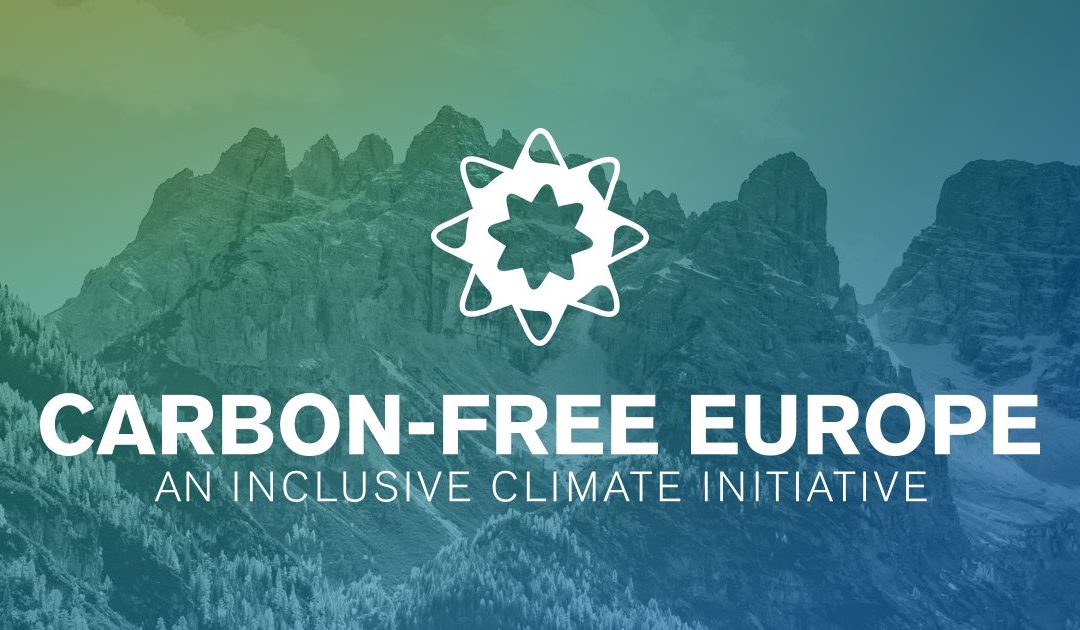As climate change accelerates, nations worldwide are turning to market-based solutions to curb greenhouse gas emissions. Among the most prominent tools are carbon emissions trading systems (ETS), which set limits on pollution and allow companies to buy and sell allowances. A decade ago, these systems covered just 17.5% of global emissions – today, they are expanding rapidly, with the European Union leading the charge and new markets emerging in Asia and North America.
What Are Carbon Quotas?
A carbon quota is a government-imposed limit on how much CO₂ a company can emit. Designed to reduce pollution, these quotas are allocated based on industry benchmarks and environmental impact assessments. Firms must hold one allowance per ton of emissions – either obtained for free or purchased at auction.
The concept, known as “cap-and-trade,” has been adopted by over 70 jurisdictions, including the EU, China, and several U.S. states. A 2023 World Bank report found that carbon pricing initiatives – including taxes and trading schemes – now cover 23% of global emissions, up from 15% in 2020 (World Bank, 2023).
How Carbon Markets Work
There are two primary models:
- Cap-and-Trade: Regulators set an overall emissions cap, then distribute or auction allowances. Companies that cut emissions can sell excess permits; those exceeding limits must buy more.
- Baseline-and-Credit: No fixed cap – instead, firms get individualized targets. Those outperforming can sell credits to laggards.
The EU’s ETS, launched in 2005, remains the largest, covering power generation, aviation, and heavy industry (European Commission, 2024). In 2024, it expanded to include maritime shipping and waste incineration.
Meanwhile, voluntary carbon markets – where companies offset emissions by funding green projects – have surged. Analysts at BloombergNEF estimate the voluntary market could grow from 2 billion in 2023 to 50 billion by 2030, driven by corporate net-zero pledges (BNEF, 2024).
The Economic Incentive: Winners and Losers
The system rewards cleaner businesses, allowing them to profit from selling unused allowances. Heavy polluters, meanwhile, face rising costs – pushing them toward greener technologies.
However, critics argue that loopholes persist. Some firms exploit cheap offsets instead of cutting emissions, while others relocate production to regions with weaker rules – a phenomenon called “carbon leakage.” The EU has responded with a Carbon Border Adjustment Mechanism (CBAM), imposing fees on imports from high-emission countries (Bruegel, 2024).
Global Leaders and Laggards
- EU: Prices in its ETS hit €100 per ton in 2025, driving coal plant closures (ICIS, 2025).
- China: Launched its national ETS in 2021, now the world’s second-largest, though prices remain low (Reuters, 2024).
- U.S.: The California-Quebec cap-and-trade system remains a key model, while federal efforts stall (Brookings, 2024).
Smaller economies, like Singapore, rely heavily on carbon credits due to limited renewable resources. The city-state, a major oil refining hub, has become Asia’s top carbon credit buyer.
The Next Decade: Stricter Rules, Wider Coverage
Experts predict that by 2030, carbon markets will cover 30-40% of global emissions, with more sectors – including agriculture and construction – coming under regulation (IEA, 2025). The key challenge? Ensuring transparency and real emissions cuts, not just financial shuffling.
As U.N. climate chief Simon Stiell noted in 2024: “Carbon trading is a tool, not a miracle cure. Without strict oversight, it risks becoming greenwashing on a grand scale.”
For now, the race is on to refine these systems – before the planet’s carbon budget runs out.
Sources:
- World Bank (2023). State and Trends of Carbon Pricing.
- European Commission (2024). EU ETS Handbook.
- BloombergNEF (2024). Voluntary Carbon Market Outlook.
- ICIS (2025). EU Carbon Price Analysis.
- International Energy Agency (2025). Net Zero by 2050: Progress Report.
Important Disclaimer: The content of this article is provided for informational and educational purposes only. It reflects the author’s opinion based on information available at the time of publication, which may become outdated. This content does not constitute personalized investment advice, a recommendation to buy or sell, and does not guarantee future performance. Markets carry a risk of capital loss. The investor is solely responsible for their decisions and should consult an independent professional advisor before any transaction. The publisher disclaims all liability for decisions made based on this information.

